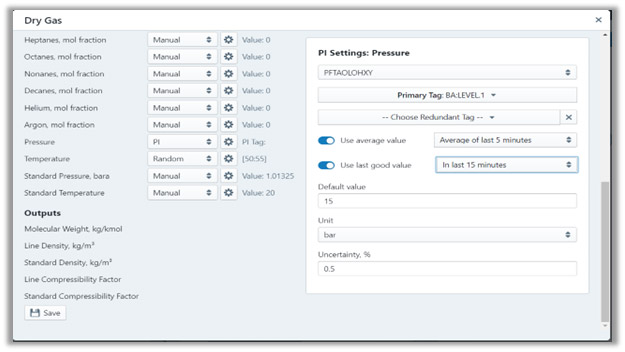The mass balance diagram is built by easy to use drag and drop web-based tool. A stream configuration is easily accessed by highlighting a node. The required calculation modules are connected to each stream.
Mass balance module in DerekSuite utilizes data reconciliation methods widely used in downstream industry. The representation of mass balance system (e.g. refinery, crude oil stabilization unit, gas processing plant, etc.) is done by creating nodes and streams. Streams represent connection between nodes. If nodes are separate processing unit (e.g. stabilizer, dehydration unit, separator, etc.) then streams are pipes connecting two different units. First, FluidsNet calculation module is connected to stream for calculation of fluid properties. Then FlowNet module is configured in order to calculate flow rates as final measured output. The mass balance diagram can be as complex as entire processing plant, or subset, such as oil or gas system. Once the mass balance diagram is configured fully, then the “publish” button is clicked to publish the diagram to production. The system also calculates combined uncertainty at each stream. Combined uncertainty of cumulative mass of each stream is calculated based on ISO 5168 standard. Then the system performs data reconciliation to identify gross error. Gross error of each stream is compared against criteria, which is usually combined uncertainty, and then any deviation will be flagged. This flag will be triggered for health check of instrumentation used for that stream. The measured and reconciled values for reconciliation period can be displayed in two ways. One on the diagram, and the other in tabular form. Real time calculation frequency is defined by user. Calculation results are stored in separate database. Data reconciliation is performed at time and periodicity specified by user. For example, real time calculations can be performed every 1 minute, and data reconciliation is performed daily at 00:00 AM. Data reconciliation is done based on cumulative mass of each stream. Result of data reconciliation is reconciled total mass per stream for given period and the gross error of each stream. MassBalance is connected to PI to extract raw data. There is possibility to configure primary and redundant tags. If the real time data is not available, average value or last good values are used. In case the real time readings are not available for long period of time, default values are used.
Warning: Undefined variable $img_id in /www/wwwroot/dereknet.com/wp-content/themes/dereknet/templates/vc/vc_single_image.php on line 208
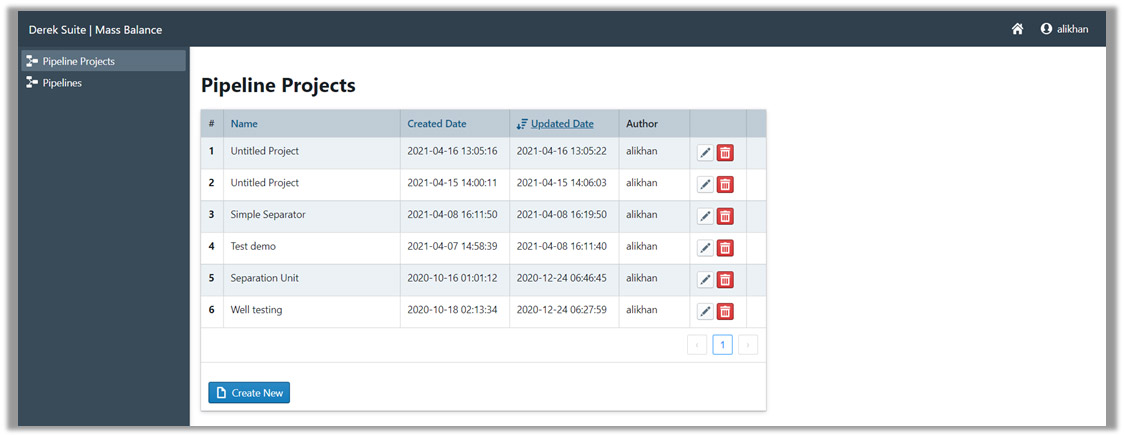
Warning: Undefined variable $img_id in /www/wwwroot/dereknet.com/wp-content/themes/dereknet/templates/vc/vc_single_image.php on line 208

Warning: Undefined variable $img_id in /www/wwwroot/dereknet.com/wp-content/themes/dereknet/templates/vc/vc_single_image.php on line 208

Warning: Undefined variable $img_id in /www/wwwroot/dereknet.com/wp-content/themes/dereknet/templates/vc/vc_single_image.php on line 208
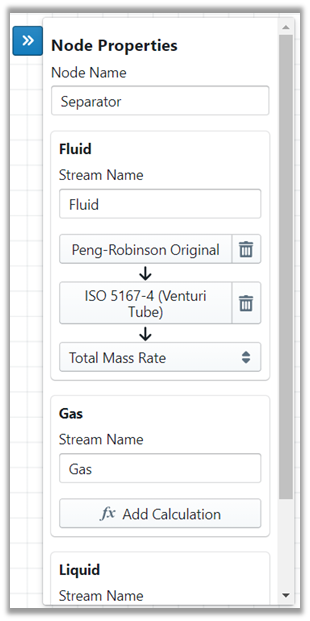
Warning: Undefined variable $img_id in /www/wwwroot/dereknet.com/wp-content/themes/dereknet/templates/vc/vc_single_image.php on line 208

Warning: Undefined variable $img_id in /www/wwwroot/dereknet.com/wp-content/themes/dereknet/templates/vc/vc_single_image.php on line 208
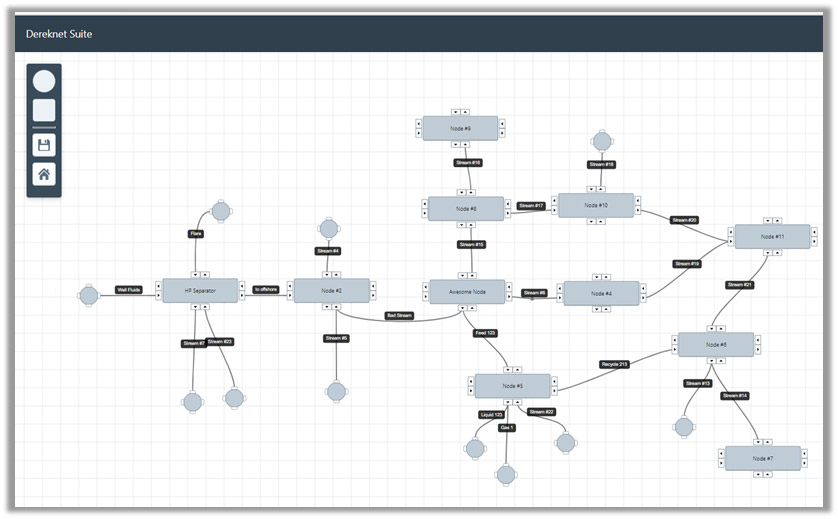
Warning: Undefined variable $img_id in /www/wwwroot/dereknet.com/wp-content/themes/dereknet/templates/vc/vc_single_image.php on line 208
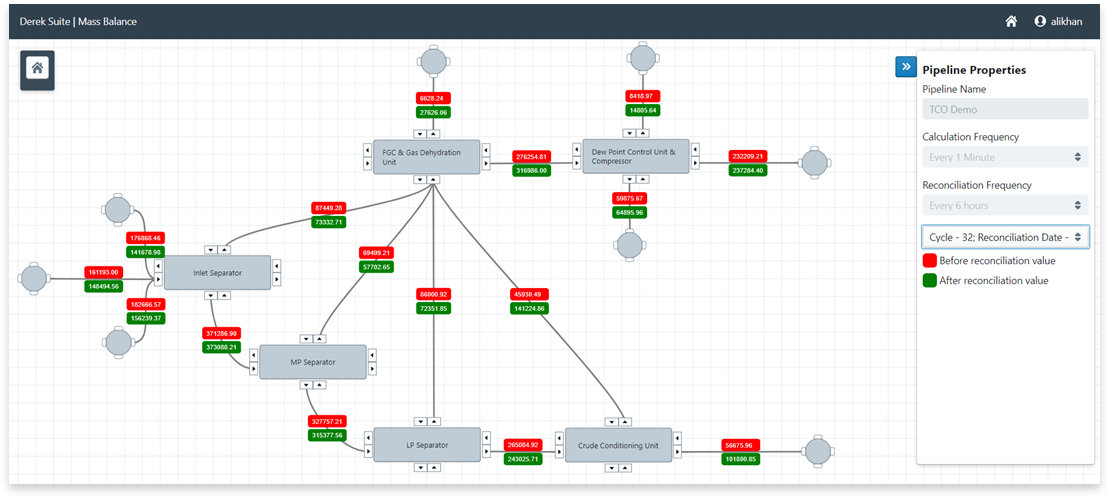
Warning: Undefined variable $img_id in /www/wwwroot/dereknet.com/wp-content/themes/dereknet/templates/vc/vc_single_image.php on line 208
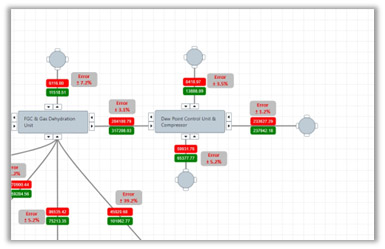
Warning: Undefined variable $img_id in /www/wwwroot/dereknet.com/wp-content/themes/dereknet/templates/vc/vc_single_image.php on line 208

Warning: Undefined variable $img_id in /www/wwwroot/dereknet.com/wp-content/themes/dereknet/templates/vc/vc_single_image.php on line 208
